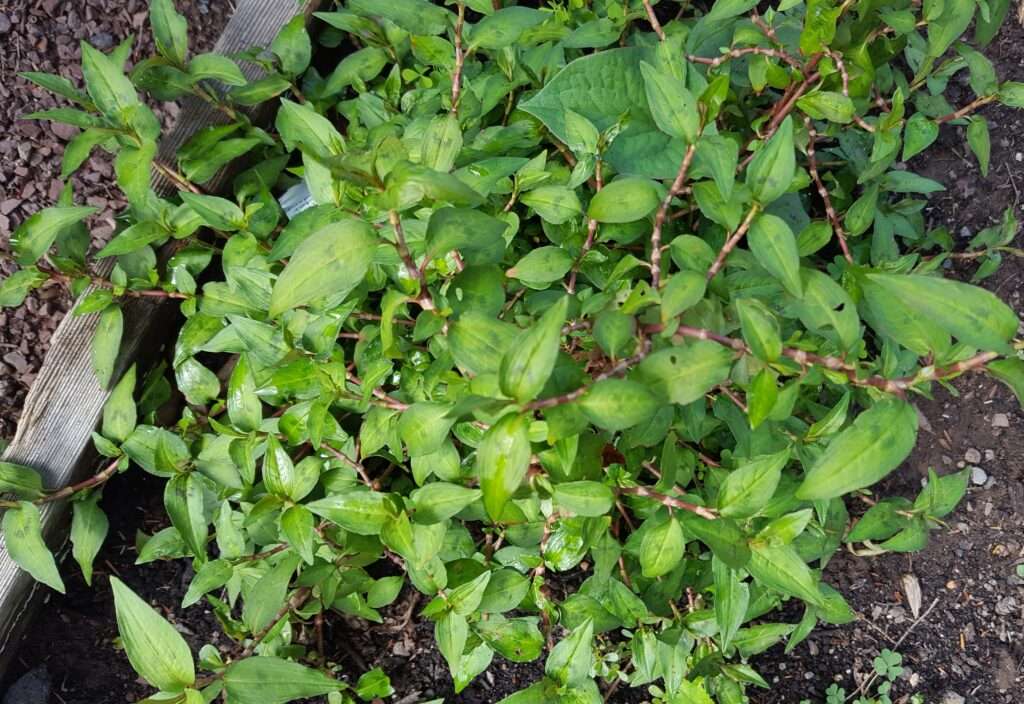
Description
Vietnamese coriander does not resemble cilantro at all. Actually, it resembles mint or basil more. It is a member of the same plant family as rhubarb and buckwheat, which is known as knotweed.
The tall, thin leaves have crimson undersides and dark green tips. They frequently have patches of brownish-red color. One feature common to many members of the knotweed family is the jointed stem where each leaf joins it.
Habitat
This plant is popular throughout Southeast Asia and can withstand harsh winters in Zones 9–11.
Uses
This coriander is a necessary component in many Vietnamese recipes. This small herb is perfect for adding to curries, pho soup, or spring rolls. If not, try incorporating it into hot salsas or an incredible, unusual breakfast dish like a crab and cream cheese omelet.

Plant Care
- Make sure to leave enough space to accommodate your plants. A mature Vietnamese coriander plant can reach a height of 36 inches and a spread of more than 15 inches.
- Keep the soil from drying out! To keep the soil moist, this herb is frequently planted next to ponds or other damp spots. You may need to water in the morning and again at night on hot, sunny days.
- You must pay special attention to the soil because most people have to cultivate this plant in pots to protect it from cold weather.
- You might need to repot your plant several times during the growth season because it grows so swiftly. Should it appear to have ceased growing, it might simply require a bigger container. Fortunately, transplanting it doesn’t bother it, as previously said.
- Light:
Full sun to partial shade
- Soil:
Moderately amended soil
- Water:
High. Prefers moist to wet soil
- Fertilizing
This herb requires little to no fertilizer because it thrives best in mild soil. Give your plants a tiny dose of all-purpose fertilizer twice a year. Although using more fertilizer will result in lots of lush growth, the plant’s essential oils will be less concentrated. This implies that while you’ll have a large number of leaves, none of them will taste very good.
It’s always preferable to under fertilize while growing culinary herbs in order to maintain the flavor of the plant. That is, after all, the main purpose of cultivating culinary herbs!
Table





